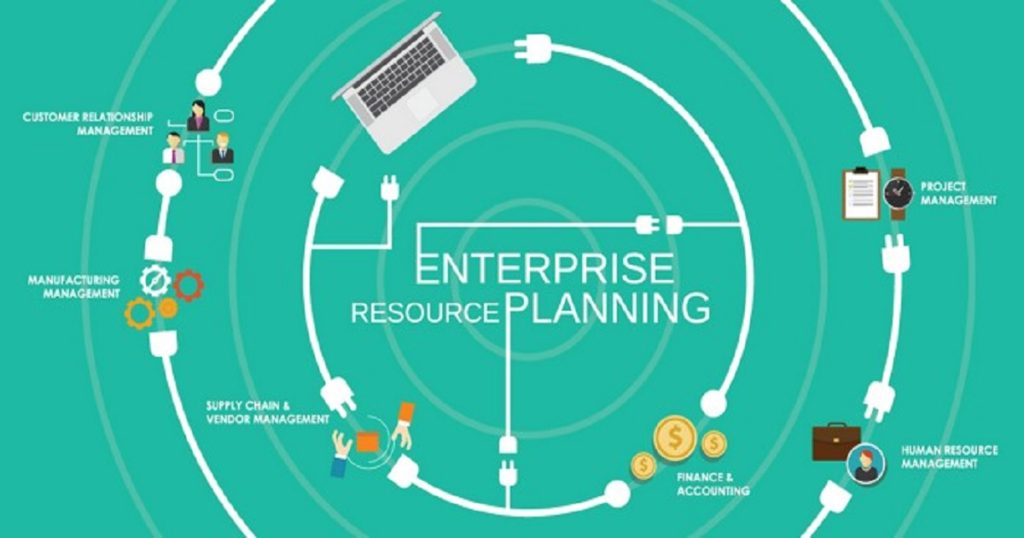The end of enterprise resource planning

The Harvard Business Review ran an article in 1990 by management consultant and former Massachusetts Institute of Technology computer science professor Michael Hammer titled “Reengineering Work: Don’t Automate, Obliterate.” Hammer, recognized as the seminal theorist of reengineering, the consultant-driven discipline of streamlining work processes, encouraged businesses to radically restructure rather than rely on information technology to automate work.
This proved impossible. While the 1990s is now viewed as an epoch of business reengineering, the revamp of work processes advanced hand in hand with the rise of centralized corporate IT, enabled by enterprise resource planning (ERP) software.
The 2020s, on the other hand, appear poised for the final takedown of monolithic business IT in response to a new revolution in work processes spurred and enabled by digitization. IT managers in the chemical industry, among the first industries to opt for ERP systems, are preparing for a new wave of change in business management software.
To understand the likely changes ahead, it helps to look back at the provenance and evolution of IT systems currently in operation at most chemical companies.
The computing infrastructures that emerged some 30 years ago supported efficiency gains, the kind also targeted by business reengineering. But ERP software installations also caused years-long headaches for many companies as they converted from hodgepodge mixes of software to monolithic IT systems covering most financial aspects of business and plant operations.
During this period, SAP, a German software firm started by former IBM engineers, rose to prominence in ERP. Starting with its first customer, the UK’s Imperial Chemical Industries, SAP swept the chemical sector. By the early 2000s, many major companies had lashed their operations to the firm’s R/3 software.
By today’s standards, the IT platforms of the early 21st century are museum pieces. Cloud computing, artificial intelligence, and big data have fundamentally changed IT and the workplace.
SAP and other major vendors of ERP software, including Oracle and JD Edwards, have introduced successive generations of their products over the years that chip away at the monolithic, comparatively lethargic control of early IT architectures. In the process, a modular approach to IT has emerged in which specialized software for specific work functions can be added to a centralized, often multivendor network of business management software with an ERP system at the core.
“Enterprise resource planning has evolved far beyond its original purpose and scope,” the consulting firm Gartner writes in a report issued last year. “It now represents different things to different organizations, but in all cases is no longer focused on ‘resources’ or ‘planning.’ ” The view is echoed by Forrester, another consulting firm, in a recent report: “Today, we see the beginning of a new era of operational systems that are so different that calling them ERP no longer makes sense.”
Guay notes that ERP vendors have partnered with and acquired specialized software providers to offer hybrid networks. SAP, for example, acquired SuccessFactors, a cloud-based human resources management services provider, and now offers the service as an adjunct to its core software.


